 Diffraction is the spreading out of a wave when passing through a gap in a boundary. It is optimised when the width of the gap is similar in magnitude to the wavelength of the wave. With a small enough gap we can diffract visible light.
Diffraction is the spreading out of a wave when passing through a gap in a boundary. It is optimised when the width of the gap is similar in magnitude to the wavelength of the wave. With a small enough gap we can diffract visible light.
X-rays have an even smaller wavelength than visible light. These diffract on an atomic scale, enabling materials scientists to determine the structure of crystals.
Key Concepts
A laser is shone through a rectangular slit onto a screen.

We might expect the screen to be brightest in the centre and for the laser light to reduce in intensity outwards. In fact, the pattern is not so simple: the brightness minimises before increasing again. We can plot a graph of intensity against distance from the centre.
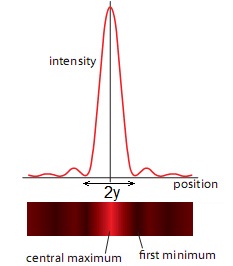
The diffraction pattern is formed by summing together to vector components of all parts of the wave, which have travelled different distances to each point on the screen.
How much of Single slit diffraction have you understood?


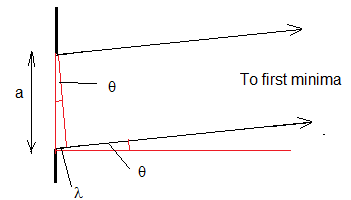


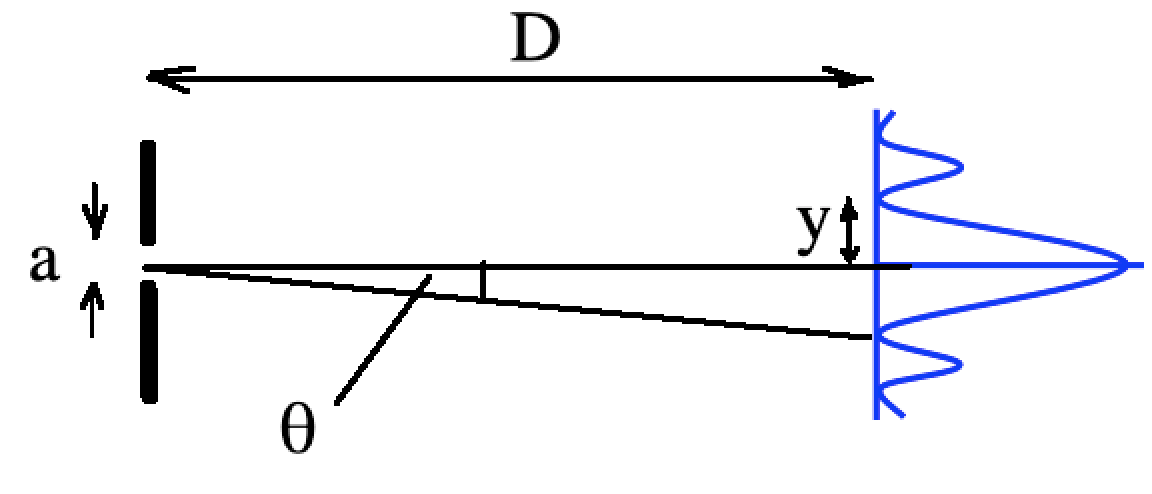
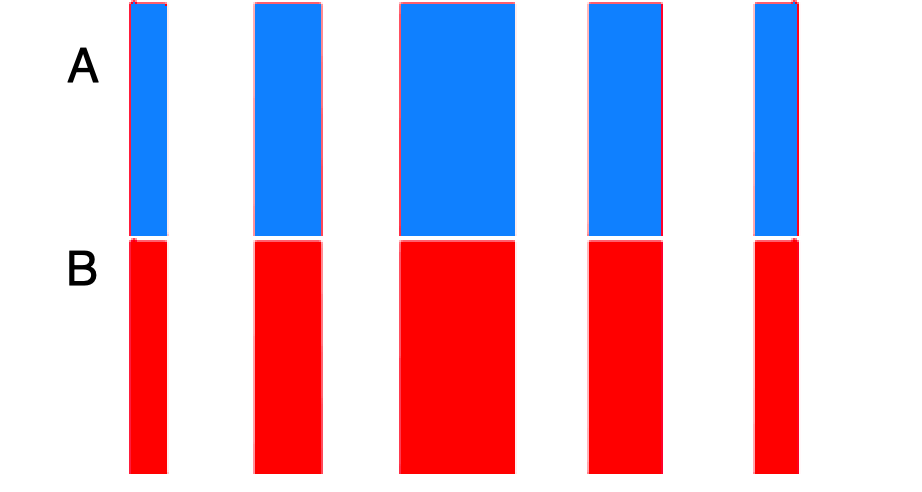
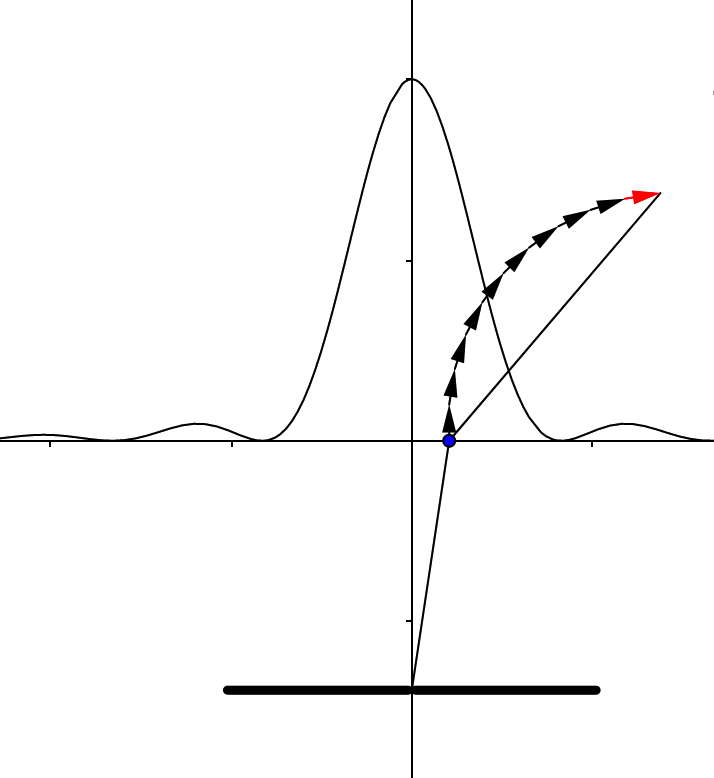
 Twitter
Twitter  Facebook
Facebook  LinkedIn
LinkedIn